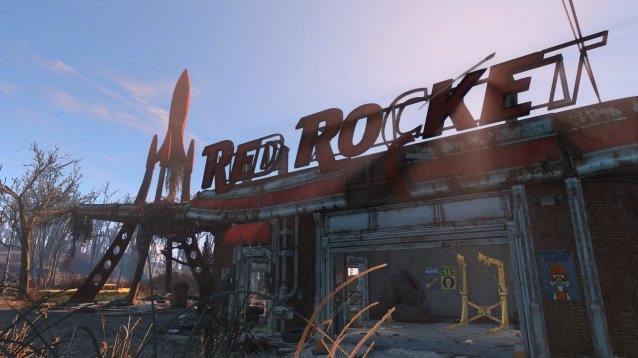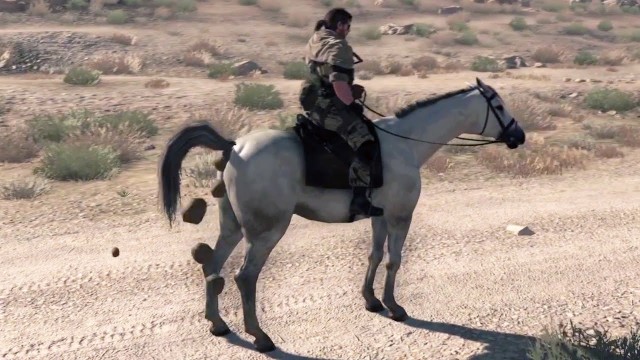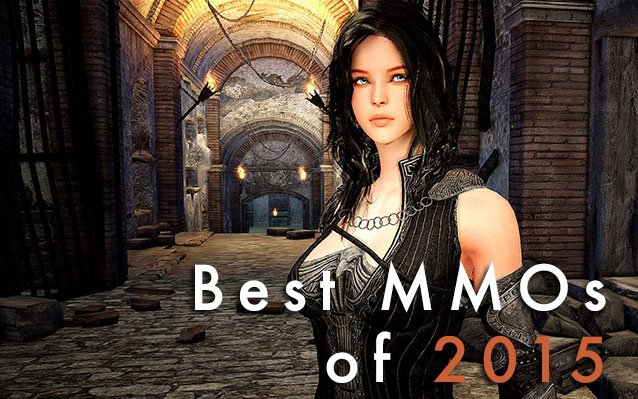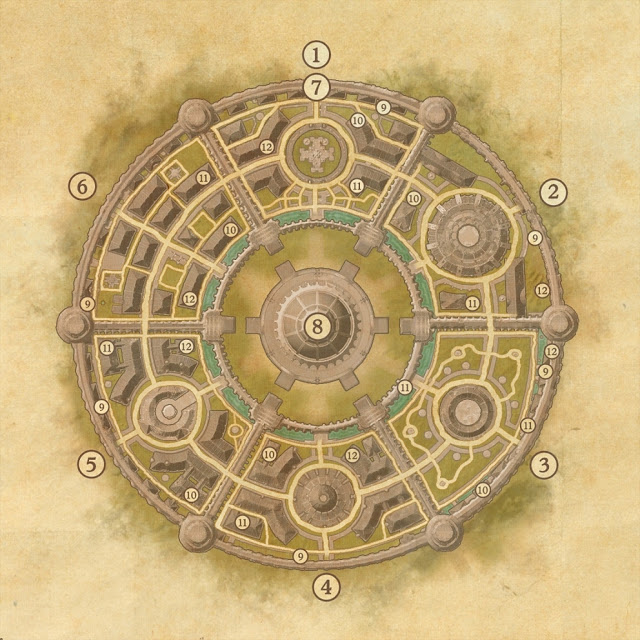

When Nintendo launched the Wii in 2006, the company knew it needed a piece of showcase software that could succinctly demonstrate the control potential of the Wii Remote. That software turned out to be Wii Sports, an utterly brilliant, highly compact piece of design that now stands as the single best-selling console game of all time. Mission accomplished.
Six years have passed, and Nintendo has just released Wii’s successor, the Wii U (read our review). This time around, the showcase software is Nintendo Land, a collection of twelve mini-games based on classic Nintendo characters and franchises, and set in a virtual theme park. Does Nintendo Land manage to do for the GamePad what Wii Sports did for the Wii Remote? Read on for our full review.
Much of the brilliance of Wii Sports hides in the game’s pronounced simplicity. To an uncanny degree, simply seeing which sport is next tells new players nearly everything they need to know about using the Wii Remote to play the game. But then, the Wii Remote is itself is designed around the concept of simplicity – the GamePad is another matter entirely. With a touchscreen, camera, motion control capabilities and a full set of standard controller inputs (analog sticks, face and shoulder buttons), there is a lot for new users to come to grips with.
The amount of ground Nintendo Land has to cover means it is, overall, a more diffuse experience than Wii Sports, and no single Nintendo Land game has the immediate impact of, for instance, a player’s first experience with Wii Sports Tennis. The closest Nintendo Land manages to come to that kind of “Ah-ha!” moment happens when players first enter the game’s virtual theme park and use the screen on the GamePad to survey the world around themselves.
Two factors conspire to make that moment as striking as it is. First, Nintendo Land looks simply fantastic on the GamePad’s bright, glossy screen – every bit as good as it looks on an HDTV. Second, the virtual world into which players gaze is remarkably solid. It does not float, jitter or shake; the Nintendo Land theme park simply exists, and the GamePad makes and excellent “window” into that persistent, believable presentation of physical space.
Visually, Nintendo Land updates the look pioneered by Wii Sports and Wii Sports Resort. This is the modern Nintendo aesthetic rendered in high definition for the very first time, and the effect is akin to removing a heavy layer of gauze from those games to reveal a world that is more vibrantly colorful and full of tactile detail than players ever imagined. As with New Super Mario Bros. U (read our review), the graphics in Nintendo Land are extremely crisp and attractive, but remain visually consistent with games that appeared on much less capable hardware. Many of Nintendo Land’s mini-games embrace a playful, found-materials design that brings to mind LittleBigPlanet (or, for that matter, Yoshi’s Story and Kirby’s Epic Yarn).
The mini-games themselves are divided into three categories: “Team Attractions” for one to five players,”Competitive Attractions” for two to five players, and “Solo Attractions” which are, as the name makes clear, for single players only. Depth, length and difficulty vary significantly from one mini-game to the next, and a few gameplay concepts are repackaged more frequently than is strictly necessary, but on balance, Nintendo Land’s attractions are good fun – particularly in a multiplayer setting.
The “Team Attractions” are The Legend of Zelda Battle Quest, Pikmin Adventure and Metroid Blast. These are the best, longest, most fully realized games in the collection, each offering multiple levels to play through, and in the case of Pikmin and Metroid, both competitive and cooperative variants.
Pikmin, in particular, presents a remarkably complete experience for a single mini-game in a collection of twelve. Most of the mechanics from the proper Pikmin games are represented here (though there is no need to collect resources or grow more Pikmin), with the player on GamePad controlling Captian Olimar and his small army of Pikmin, and any other players assuming the roles unusually large Pikmin. Zelda is an on-rails shooter/slasher, with the GamePad wielder handling archery duties and any other players swinging sabers, Skyward Sword–style. Metroid is a third-person arena shooter that gives control of Samus’ ship to the player with the GamePad. Everyone else will need Wii Remotes (with MotionPlus) and Nunchuks.
The “Competitive Attractions” are Mario Chase, Luigi’s Ghost Mansion and Animal Crossing Sweet Day. All three games are essentially the same, playing out like electronic versions of hide and seek – or, more accurately, like updates of Pac-Man Vs., the GameCube/GBA game that made one player Pac-Man and the rest Ghosts trying to take him down. The “Competitive Attractions” can be fun for a few rounds – the more players the better – but offer no real lasting buzz.
There are as many “Solo Attractions” as there are “Team” and “Competitive Attractions” combined, and there are a few clear highlights. Takamaru’s Ninja Castle, a.k.a. “the throwing star game,” tasks players with cutting down an adorable army of enemy Ninjas with throwing stars launched by sliding a finger along the GamePad’s screen towards the television. It feels great, works great and has a particularly nice, angular, papercraft-inspired visual design that is like nothing else in Nintendo Land – a winner!
Yoshi’s Fruit Cart takes a simple idea and runs with it. Players guide the titular cart by drawing a path on the GamePad’s screen, with the goal of collecting fruit on the way to the exit. The catch is that the fruit can’t be seen on the Pad, and the path can’t be seen on the television – it’s a game about spatial relationships, and a surprisingly addictive one, at that. Donkey Kong’s Crash Course, meanwhile, is a neat little toy. A giant Rube Goldberg/Erector Set version of a classic Donkey Kong level needs navigating by a flimsy little vehicle made mostly of springs. Players tilt the GamePad to roll the springy cart through the level, flipping switches to open the proper path along the way. It can be frustrating, and there is no small amount of memorization involved, but it’s an easy game to keep coming back to.
Balloon Trip Breeze is an affectionate homage to Balloon Fight that plays like the Wii (and iOS) game LostWinds. Players control the wind that blows their character through the stage by drawing on the GamePad. Nice for the nostalgia crowd, but not among Nintendo Land’s best. That leaves Octopus Dance (a simplistic, Simon Says-style dancing game controlled with the GamePad’s analog sticks, really only notable for resurrecting the octopus from the Game & Watch title Octopus) and Captain Falcon’s Twister Race (a tilt-controlled, top-down racer that plays like an iPhone game) as the least interesting attractions in the park.
The best bet for groups of players – at least those who don’t want to dedicate themselves to working through the meaty “Team Attractions” – is the “Attraction Tour.” Up to five players can participate in three, five, seven or nine game sessions, across a random selection of Nintendo Land attractions. Short version: it’s Mario Party without the board game sequences, and a lot of fun.
A few dud games aside, Nintendo Land does what is sets out to do: show off the GamePad, and get groups of people playing Wii U together. That said, it’s just not as compulsively playable as Wii Sports. The “Team Attractions” really are great – I’d happily trade three more of those for the balance of Nintendo Land’s mini-games – and the requisite Nintendo polish is apparent throughout, but the spark that brought Wii Sports to life is conspicuously absent. As a showcase for the Wii U, Nintendo Land is well worth a play, but don’t expect to be returning to it six years from now.
Nintendo Land is available now for the Wii U.
–
Follow me on Twitter @HakenGaken.




 DmC: Devil May Cry Wiki .
DmC: Devil May Cry Wiki . MGS V: The Phantom Pain: How To Make Horse Poop, Command/Key Revealed
MGS V: The Phantom Pain: How To Make Horse Poop, Command/Key Revealed The story of Metal Gear Solid: The Phantom Pain
The story of Metal Gear Solid: The Phantom Pain Top 10 Best MMOs of 2015
Top 10 Best MMOs of 2015 The Elder Scrolls Online: Imperial City - guide to the capital
The Elder Scrolls Online: Imperial City - guide to the capital